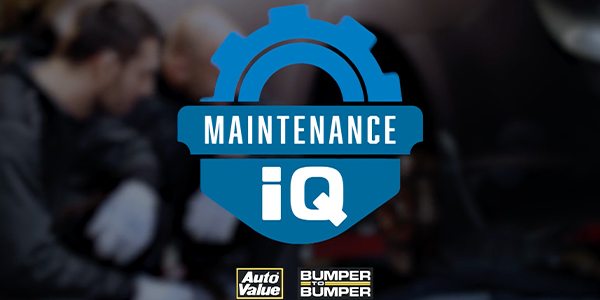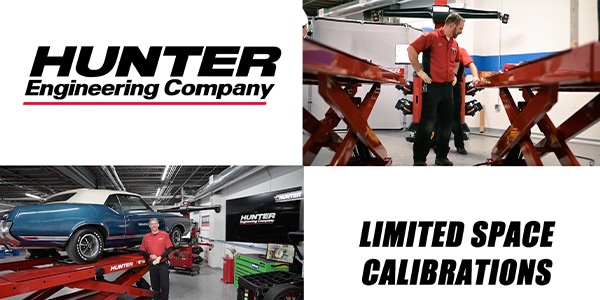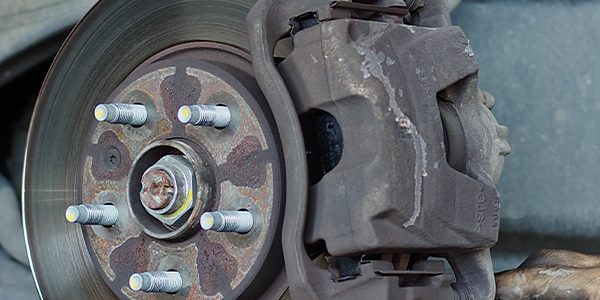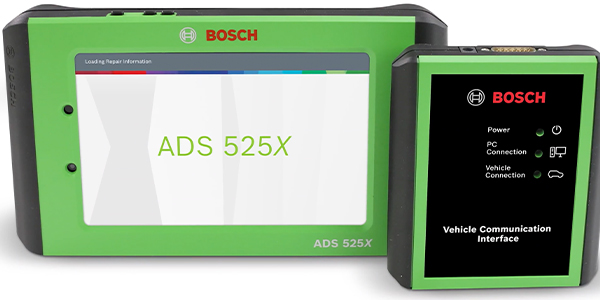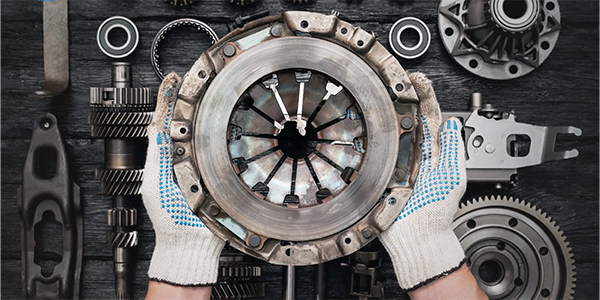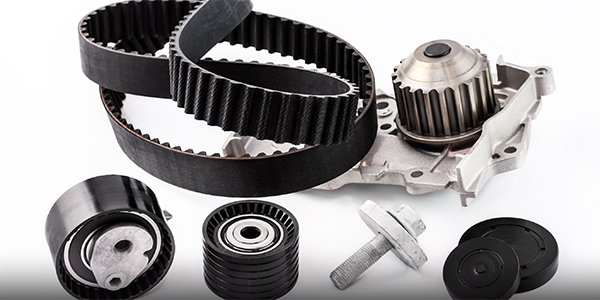CC:
Clint Cooper:
Hi, I’m Clint Cooper, the automotive diagnostic expert at AP Emissions. I’m here with Ryan McDonough, our manufacturing product expert, to discuss the major differences between EPA and California emissions packages, and when you should use a California Air Resources Board, or CARB, aftermarket catalytic converter, or an EPA aftermarket catalytic converter.
Clint Cooper:
Ryan, this is a topic that often leads to some confusion. On one hand, you’ve got federal and California new car emissions, and on the other you’ve got federal and California aftermarket replacement cats.
Ryan McDonough:
Right. New vehicles come with either federal or California emission packages. And aftermarket replacement cats come with either CARB or EPA standards. Most people assume that CARB-approved cats are needed for all California emissions vehicles, and EPA cats are needed for all federal emission vehicles, but that’s not the case, is it?
Clint Cooper:
Nope. EPA emissions EPA catalytic converters have a catalyst loading that’s engineered to keep the check engine led off for California missions vehicles that they’re cataloged for. Our CARB converters have gone through the extra step of being certified to meet the stringent emission standards of aftermarket parts in California, and are therefore exempt from the California law saying it’s illegal to sell, buy, or use an aftermarket converter in that state.
Ryan McDonough:
So all aftermarket cats in California are illegal unless the manufacturer gets an exemption from the law for that specific part?
Clint Cooper:
Correct. You get an EO, or executive order, that allows you to offer that part for sale or use in California. To get an EO, we need to submit independently-gathered test data showing that our catalyst formulation is robust and efficient enough to exceed California’s strict emission standards for five years. CARB cats have a mandated warranty period of five years or 50,000 miles, which is double the federally mandated warranty for EPA aftermarket cats. AP Emissions EPA cats are so durable that we have the same five year 50,000 mile warranty on our EPA cats as our CARB cats.
Ryan McDonough:
Federal law says that states can adapt either EPA standards or California standards, but they can’t make up a third. So some other states like Colorado, New York, and Maine have adopted the aftermarket park laws from California and restricted sale of after market cats to CARB cats with a valid EO?
Clint Cooper:
Okay, so let me see if I’ve got this straight. We have two missions packages that are standard on new vehicles, you’ve got federal or California. Which is standing on your car is indicated in a large vehicle mission control sticker underneath the hood. And you’ve got two aftermarket standards for catalytic converters, you’ve got the EPA and the CARB. CARB Aftermarket and EPA converters from AP have a catalyst that’s engineered to keep that check engine light off for the car that it’s cataloged for regardless of that emissions package. So our CARB converters have gone through that extra step of validating the emissions durability and efficiency, and have received an executive order from CARB certifying that they’re now legal for sale in California, Colorado, New York and Maine. Both EPA and CARB converters from AP have a five year 50,000 mile warranty.
Ryan McDonough:
That about sums it up. If you’re in California, Colorado, New York, or Maine, look for an AP CARB converter. It’ll have a robust catalyst that has been independently tested and then certified by CARB. If you’re in any other state, our EPA emissions catalytic converter has a durable catalyst formulation that is matched to the vehicle emissions control information standard of the car it is cataloged for. We guarantee that we will keep the light off for five years or 50,000 miles, whether your car is California or federal emissions.
Clint Cooper:
Great. Thanks, Ryan. In our next series of videos, we’re going to be looking at some of the production processes that Ryan does as well as how we go about developing new parts. So stay tuned.


